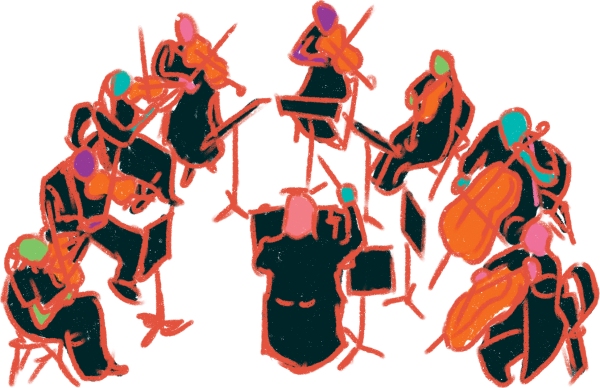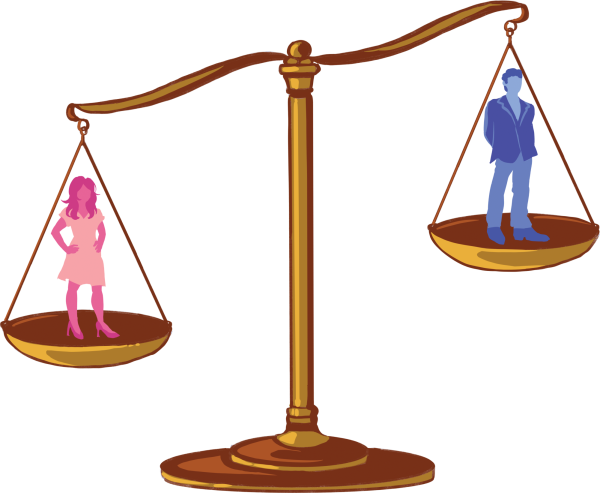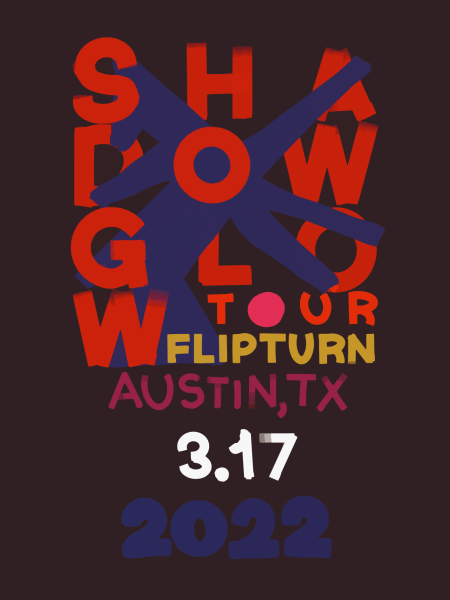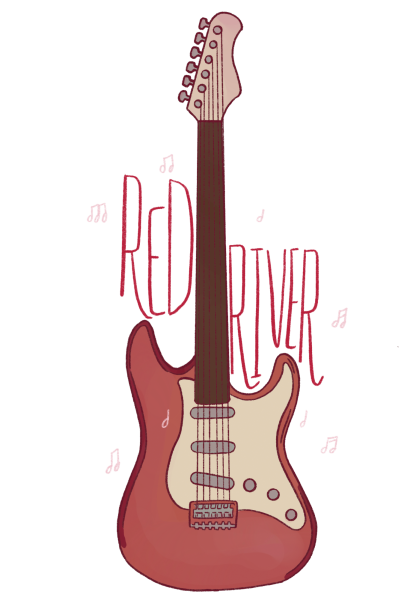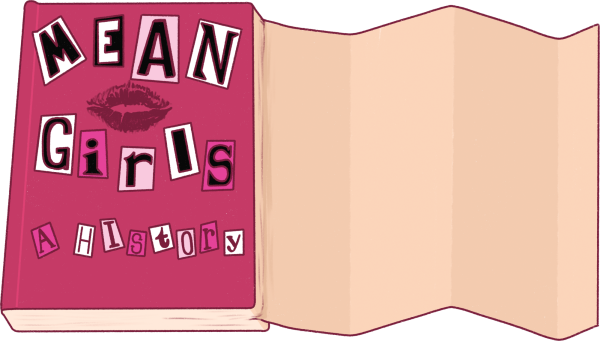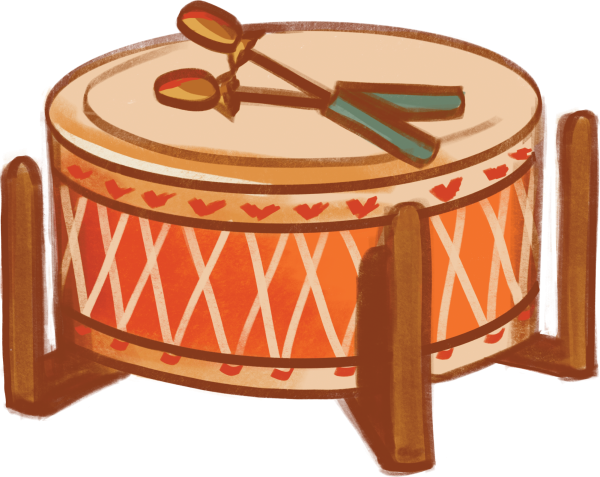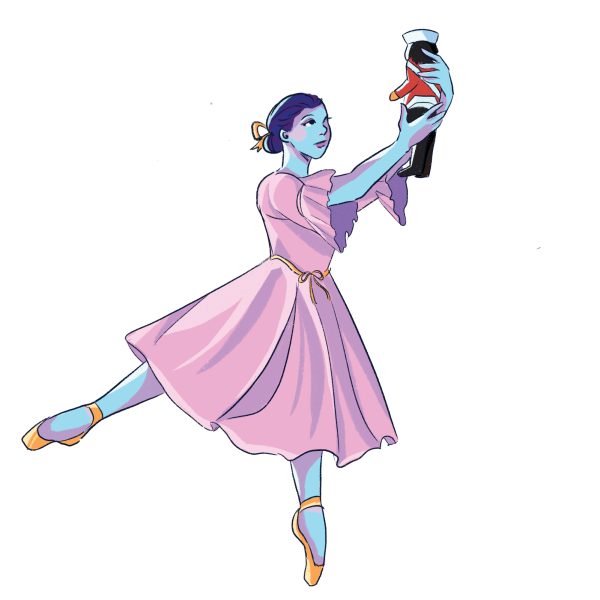The E-Boys, The VSCO Girls, and The Class of 2023
October 9, 2019
From lip-syncing to popular songs and copying popular dances, to dressing up in cosplay and showing off your drawing skills, TikTok, a popular platform and social media app, has become popular and has garnered a widespread fanbase. Through the platform, everyday creators can film, upload and interact with short videos. Many of these videos, however, perpetuate common stereotypes, especially stereotypes about high schoolers.
Since 2017, TikTok has rapidly gained popularity and over one billion phones worldwide have downloaded the app. New features have enhanced the creativity in videos uploaded, too. Users can now add text to their videos and use entertaining special effects. With the addition of many new in-app effects, TikTok has developed into a way for teenagers to make viral memes from popular songs.
Over the summer, a trend emerged on TikTok about the high school class of 2023 and what the students would be like. According to freshman Zoe Barilla-Deuschle, there were some strong opinions about how the freshman class would act, dress and speak going into the school year.
Junior Elena Gareau agreed with Barilla-Deuschle that she was expecting the freshman class to conform to the stereotypes that they are given online.
“I feel like TikTok has portrayed a really negative image of the class of 2023,” Gareau said. “I was expecting to see more e-boys and VSCO girls on the first day of school. But a lot of them were just normal high schoolers.”
VSCO girls are commonly depicted as wearing scrunchies, using Hydro Flask water bottles and saying phrases like “and I oop.” E-boys, on the other hand, are associated with wearing chains, lots of black clothing and using colored lights to add effects to their TikToks. Both stereotypes are commonly joked about on the app by the creators of the videos by dressing up to portray an e-boy or VSCO girl.
At first, Sophomore Frankie Gigliotti expected many of the freshmen she saw to fit those stereotypes. Instead, she was shocked to find so much originality within participating students.
“Some of the jokes were funny,” Gigliotti said. “But I found that [the stereotypes were not] a reality.”
As the school year began, TikToks began shifting from videos on the students to classes. However, according to Gareau, students found that some of the jokes made in TikToks didn’t apply to LASA.
“High schoolers portrayed on TikTok are way more stereotypically divided into groups like jocks or skaters,” Gareau said. “I feel like at LASA, so many of us fit into so many different groups based on interest.”
Barilla-Deuschle agreed that attending LASA is very different from the experiences people share on TikTok. She also touched on the fact that other schools around the country may have different cliques than LASA due to the demographic or location of the school.
“Compared to other schools I see on TikTok,” Barilla-Deuschle said. “LASA is way more diverse and has more homework.”
Another interesting feature on Tiktok is that the platform makes recording videos simple, which gives people the ability to film anywhere. People can create transitions to jump from one location to another, giving the videos a teleportation effect.
“Today I saw a bunch of freshmen making a TikTok in the hallway,” Gigliotti said.
Tik Tok’s easy accessibility allows users to gain followers quickly. According to Barilla-Deuschle, this leads to great opportunities for people to showcase their personalities on the app.
“I like how Tik Tok is a pretty open domain, and it’s really easy for people to see your videos,” Barilla-Deuschle said. “A lot of people are super funny and can express themselves through Tik Tok really easily.”

